India's Stem Cell Therapy for Cerebral Palsy Explained
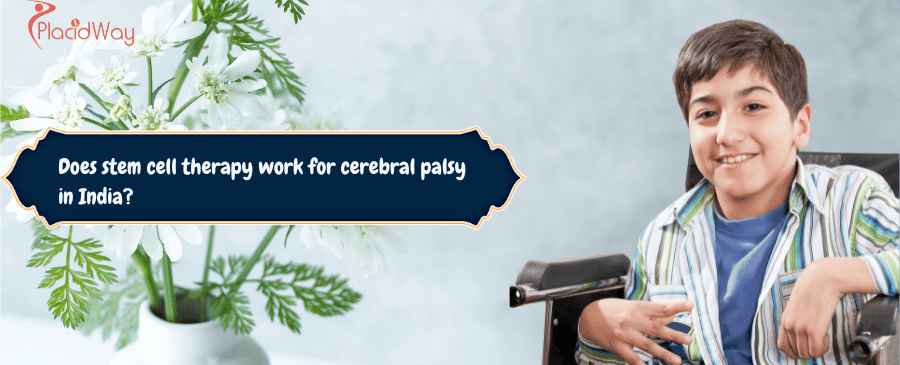
Cerebral Palsy (CP) is a group of permanent movement disorders that appear in early childhood, affecting muscle coordination and body movement. While there's no definitive cure for cerebral palsy, stem cell therapy in India has emerged as a promising experimental treatment aiming to alleviate symptoms and improve quality of life for individuals with CP. This innovative approach seeks to repair and regenerate damaged brain tissue, offering new hope to patients and their families. India has become a popular destination for stem cell therapy for cerebral palsy due to its advanced medical facilities, experienced specialists, and comparatively affordable costs.
What is Cerebral Palsy and How Does it Affect Individuals?
"Cerebral Palsy is a neurological disorder caused by brain damage that occurs before, during, or shortly after birth, affecting muscle movement, coordination, and posture."
Cerebral Palsy can manifest in various ways, ranging from mild to severe, and its impact varies significantly from person to person. It often leads to difficulties with balance, walking, speech, and fine motor skills. Individuals with CP might experience muscle stiffness (spasticity), involuntary movements (dyskinesia), or problems with coordination (ataxia). The condition can also be accompanied by other challenges such as intellectual disabilities, seizures, vision or hearing impairments, and speech difficulties. Understanding the specific type and severity of CP is crucial for tailoring an effective treatment plan.
How Does Stem Cell Therapy for Cerebral Palsy Work?
"Stem cell therapy for cerebral palsy works by utilizing the regenerative potential of stem cells to repair damaged brain tissue, promote the formation of new neural connections, and reduce inflammation."
Stem cells are unique in their ability to differentiate into various cell types and to self-renew. In the context of cerebral palsy, these cells, often mesenchymal stem cells (MSCs) derived from sources like bone marrow or umbilical cord blood, are introduced into the body. Once administered, they are believed to migrate to areas of brain damage, where they can help in several ways: stimulating the growth of new neurons, improving blood flow to the affected areas, modulating the immune system to reduce inflammation, and promoting neuroplasticity, which is the brain's ability to reorganize itself by forming new neural connections. This can lead to improved motor functions, reduced spasticity, and better overall neurological function.
What is the Success Rate of Stem Cell Therapy for Cerebral Palsy in India?
"While precise success rates can vary, many clinics in India report a significant percentage of patients, often between 75% and 85%, showing noticeable improvements in motor skills, cognitive functions, and overall quality of life after stem cell therapy for cerebral palsy."
It's important to note that "success" in stem cell therapy for cerebral palsy often means an improvement in symptoms and functional abilities rather than a complete cure. Patients and their families frequently report improvements in areas such as muscle tone, balance, coordination, speech, swallowing, and mental vigilance. These improvements are often gradual and can continue for several months after the treatment. The reported success rates are based on observed clinical improvements and patient testimonials from various clinics specializing in stem cell therapy for CP in India.
What is the Cost of Stem Cell Therapy for Cerebral Palsy in India?
"The cost of stem cell therapy for cerebral palsy in India typically ranges from approximately ?5.71 lakhs to ?7.62 lakhs (around $6,800 to $9,100 USD), though this can vary based on the clinic, the type of stem cells used, and the number of sessions required."
India is known for offering medical treatments at a significantly lower cost compared to Western countries, making it an attractive destination for medical tourism. The overall cost can depend on various factors including the reputation of the hospital or clinic, the specific protocol followed, the source of stem cells (autologous, meaning from the patient, or allogeneic, meaning from a donor), and any additional therapies like physiotherapy or occupational therapy that are often integrated into the treatment plan. It's advisable to get a detailed cost breakdown from the chosen clinic.
What are the Potential Benefits of Stem Cell Therapy for Cerebral Palsy?
"Potential benefits of stem cell therapy for cerebral palsy include improved motor function, reduced spasticity, enhanced cognitive abilities, better balance and coordination, and improvements in speech and swallowing."
Many individuals undergoing stem cell treatment for cerebral palsy have experienced a range of positive changes. These can include greater control over their limbs, reduced muscle stiffness and involuntary movements, and increased ease in performing daily activities like walking, sitting, and reaching. Additionally, some patients show improvements in their ability to communicate, their alertness, and their overall cognitive processing. The therapy aims to enhance the brain's ability to repair itself and create new pathways, leading to a noticeable improvement in the patient's functional independence and overall well-being.
Are There Risks or Side Effects Associated with Stem Cell Therapy for Cerebral Palsy?
"While generally considered safe, potential risks and side effects of stem cell therapy for cerebral palsy can include temporary discomfort at the injection site, fever, headache, fatigue, or, in rare cases, infection or immune reaction, especially if cells are from a donor."
As with any medical procedure, there are potential risks, though serious complications are rare, especially in reputable clinics that adhere to strict safety protocols. The most common side effects are usually mild and temporary, similar to flu-like symptoms. More significant risks, such as infection or an immune reaction, are minimized when autologous stem cells (from the patient's own body) are used. It's crucial for patients and their families to have a thorough discussion with the medical team about all potential risks and benefits before proceeding with the treatment.
How Long Does the Stem Cell Therapy Procedure for Cerebral Palsy Take?
"The entire stem cell therapy procedure for cerebral palsy in India typically involves a stay of 10 to 30 days, including diagnostic evaluations, cell extraction, administration, and initial post-treatment observation and supportive therapies."
The duration of the treatment can vary depending on the individual's specific needs and the chosen treatment protocol. This timeframe often includes a comprehensive initial assessment, which might involve various scans and tests, the collection of stem cells (e.g., from bone marrow or adipose tissue), the processing of these cells, their administration, and a period of initial recovery and observation. Many clinics also integrate intensive rehabilitation therapies, such as physiotherapy, occupational therapy, and speech therapy, into this period to maximize the potential benefits of the stem cell treatment.
What Types of Stem Cells are Used for Cerebral Palsy Treatment in India?
"Commonly used types of stem cells for cerebral palsy treatment in India include Mesenchymal Stem Cells (MSCs) derived from bone marrow or umbilical cord blood, and sometimes Adipose-derived Stem Cells (ADSCs)."
Mesenchymal Stem Cells (MSCs) are favored due to their multipotent properties, meaning they can differentiate into various cell types, and their immunomodulatory capabilities, which help in reducing inflammation and promoting tissue repair. Bone marrow-derived MSCs are extracted directly from the patient's bone marrow, while umbilical cord blood-derived MSCs are obtained from donated umbilical cord blood, which is a rich source of young, potent stem cells. Adipose-derived stem cells, harvested from fat tissue, are also gaining traction due to their ease of collection and high yield. The choice of stem cell type often depends on the patient's condition, age, and the specific protocol of the treating clinic.
What Kind of Improvements Can Be Expected After Stem Cell Therapy?
"Improvements after stem cell therapy for cerebral palsy can include enhanced gross and fine motor skills, better muscle control, reduced spasticity, improved balance and posture, and in some cases, improvements in speech, swallowing, and cognitive functions."
The observed improvements are often gradual and vary from patient to patient. For motor skills, this could mean better control over movements, increased strength, and greater ease in performing activities like walking, sitting independently, or using hands. Spasticity, a common symptom of CP, often lessens, leading to more relaxed muscles and an increased range of motion. Some patients also experience improvements in their ability to communicate, their alertness, attention span, and overall cognitive processing, contributing significantly to their quality of life.
How Do I Choose a Reputable Clinic for Stem Cell Therapy in India?
"When choosing a reputable clinic for stem cell therapy in India, look for those with international accreditations, experienced medical teams specializing in neurological disorders, transparent patient testimonials, and a clear treatment protocol with proper ethical guidelines."
It is crucial to conduct thorough research and due diligence. Key indicators of a reputable clinic include:
- Accreditation: Check for international accreditations that ensure adherence to global standards of care and safety.
- Expertise: Ensure the medical team comprises highly qualified neurologists, stem cell specialists, and rehabilitation therapists with experience in treating cerebral palsy.
- Transparency: A trustworthy clinic will provide clear information about the type of stem cells used, the treatment procedure, potential risks, expected outcomes, and detailed cost breakdowns.
- Patient Testimonials: Look for verified patient stories and outcomes, though remember that individual results can vary.
- Ethical Practices: Confirm that the clinic follows ethical guidelines for stem cell research and therapy.
- Integrated Approach: Clinics that combine stem cell therapy with comprehensive rehabilitation programs (physiotherapy, occupational therapy, speech therapy) often yield better results.
Is Stem Cell Therapy a Cure for Cerebral Palsy?
"Stem cell therapy is not considered a cure for cerebral palsy, but rather an experimental treatment that aims to mitigate symptoms, improve functional abilities, and enhance the overall quality of life by repairing damaged brain tissue and promoting neuroplasticity."
Cerebral palsy is a complex condition resulting from permanent brain damage. While stem cell therapy offers significant promise by promoting regeneration and repair within the brain, it does not reverse the initial damage entirely or completely eliminate the condition. Instead, it works towards improving the brain's function and connectivity, leading to noticeable improvements in motor skills, spasticity, and cognitive abilities, thereby offering a more independent and improved life for many individuals.
What Follow-Up Care is Needed After Stem Cell Therapy for Cerebral Palsy?
"After stem cell therapy for cerebral palsy, consistent and intensive follow-up care, including physical therapy, occupational therapy, and speech therapy, is crucial to maximize the benefits and help the patient integrate the neurological improvements into daily function."
The stem cells create a regenerative environment, but it's the continuous and targeted rehabilitation that helps the brain re-learn and optimize its functions. Follow-up care typically involves regular sessions with therapists to strengthen muscles, improve coordination, enhance communication skills, and develop adaptive strategies. Clinics often provide a personalized post-treatment rehabilitation plan, and ongoing communication with the medical team is important to monitor progress and adjust therapies as needed. This integrated approach ensures the best possible long-term outcomes for patients.
Can Adults with Cerebral Palsy Benefit from Stem Cell Therapy?
"Yes, adults with cerebral palsy can also potentially benefit from stem cell therapy, as the regenerative properties of stem cells can still help to repair and improve brain function, reduce symptoms, and enhance quality of life, even in later stages."
While early intervention in childhood is often emphasized for cerebral palsy, stem cell therapy holds potential for adults as well. The fundamental mechanisms of stem cell action—tissue repair, inflammation reduction, and neuroplasticity enhancement—are not limited by age. Adults with CP may experience improvements in motor control, reduction in spasticity, pain management, and overall functional independence. The treatment plan for adults may be tailored to address specific long-standing symptoms and challenges they face.
What is the Difference Between Autologous and Allogeneic Stem Cell Therapy?
"Autologous stem cell therapy uses cells harvested from the patient's own body, while allogeneic stem cell therapy uses cells from a donor."
Each approach has its advantages. Autologous therapy generally carries a lower risk of immune rejection, as the cells are perfectly matched to the patient. Common sources include bone marrow or adipose (fat) tissue. Allogeneic therapy, often using umbilical cord blood or tissue, can provide a higher quantity of younger, more potent stem cells, and is readily available without an additional collection procedure from the patient. The choice between autologous and allogeneic depends on factors like the patient's condition, the availability of suitable donor cells, and the clinic's specific protocols and expertise.
How are Stem Cells Administered for Cerebral Palsy?
"Stem cells for cerebral palsy are typically administered through intravenous (IV) infusion, intrathecal injection (into the spinal fluid), or sometimes direct injection into the affected areas, depending on the clinic's protocol and the patient's condition."
The route of administration is chosen to ensure the stem cells reach the target areas of the brain and nervous system effectively. Intravenous infusion allows for systemic distribution of the cells. Intrathecal injection, a procedure where cells are injected directly into the cerebrospinal fluid surrounding the spinal cord and brain, is often favored for neurological conditions as it allows the cells to bypass the blood-brain barrier and reach the brain more directly. In some specialized cases, direct injections into specific affected brain regions might be considered, though this is less common.
Are Clinical Trials for Stem Cell Therapy for Cerebral Palsy Ongoing in India?
"Yes, several clinical trials for stem cell therapy for cerebral palsy are ongoing or have been conducted in India, contributing to the growing body of research on its safety and efficacy."
India has been an active participant in stem cell research, with many institutions and clinics conducting trials to further understand the potential of this therapy for various neurological conditions, including cerebral palsy. These trials are crucial for establishing standardized protocols, confirming long-term safety, and determining optimal treatment parameters. Patients considering stem cell therapy may inquire about participation in or the results of relevant clinical trials to make an informed decision.
Can Stem Cell Therapy Help with Speech and Communication Issues in Cerebral Palsy?
"Yes, some individuals with cerebral palsy have reported improvements in speech and communication skills after stem cell therapy, attributed to the therapy's potential to improve brain function and muscle coordination necessary for speech."
Cerebral palsy can affect the muscles involved in speech and the brain's ability to process and produce language. By promoting neural repair and improving overall brain connectivity, stem cell therapy may positively impact the areas responsible for speech production and comprehension. While not every patient experiences this benefit, improvements in articulation, fluency, and the ability to form coherent sentences have been observed in some cases, contributing significantly to their ability to communicate effectively.
Is Diet and Nutrition Important During Stem Cell Therapy for Cerebral Palsy?
"Yes, a balanced diet and good nutrition are considered important during stem cell therapy for cerebral palsy to support overall health, promote cell regeneration, and enhance the body's healing processes."
Proper nutrition provides the essential building blocks and energy for the body's cells, including the newly introduced stem cells, to function optimally and contribute to repair and regeneration. A diet rich in vitamins, minerals, and antioxidants can help reduce inflammation and support neurological health. Some clinics might offer dietary counseling or specific nutritional recommendations as part of the holistic treatment plan to maximize the potential benefits of stem cell therapy for cerebral palsy.
Explore PlacidWay for solutions related to medical tourism, healthcare services, or other relevant offerings.


.png)

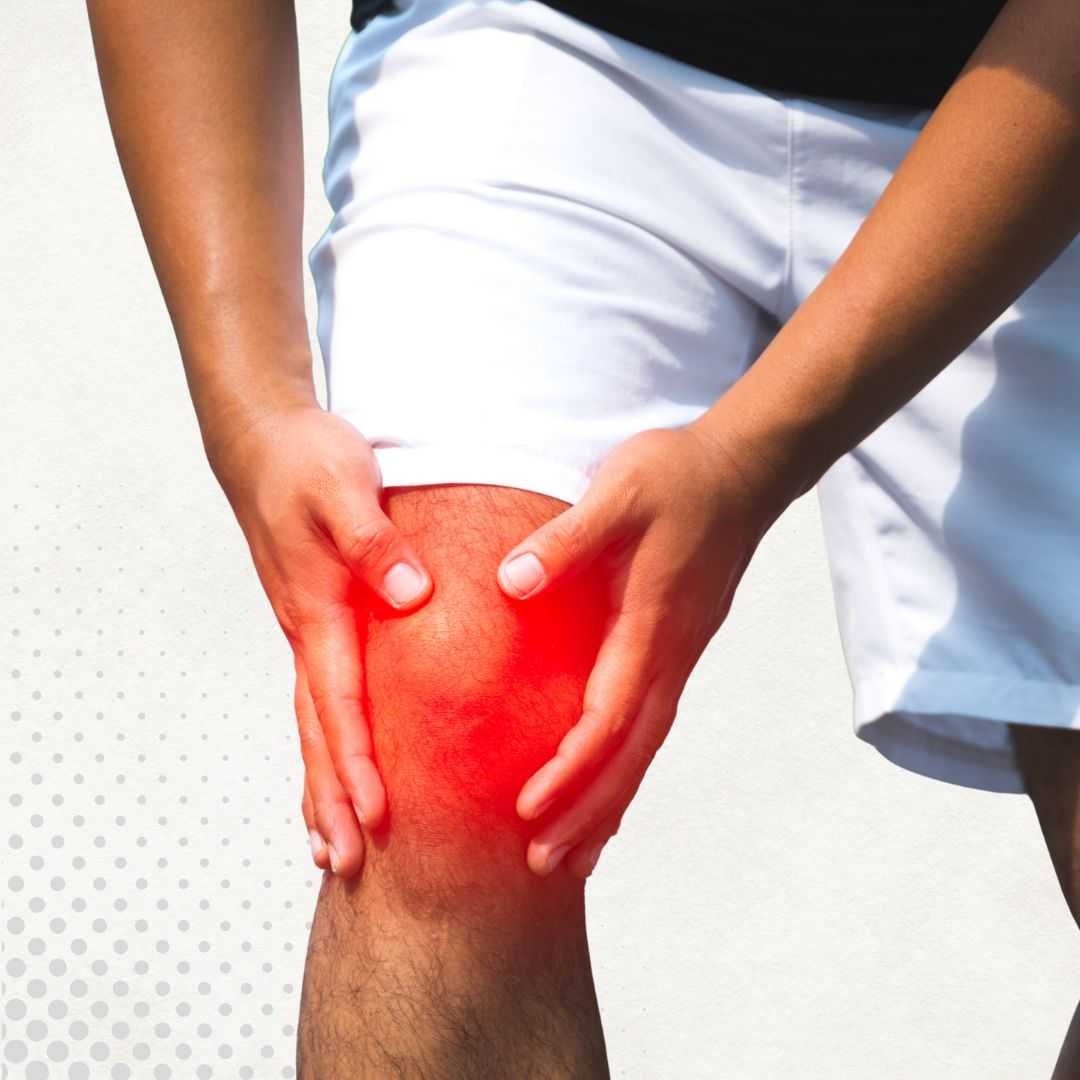



.png)
.png)
.png)
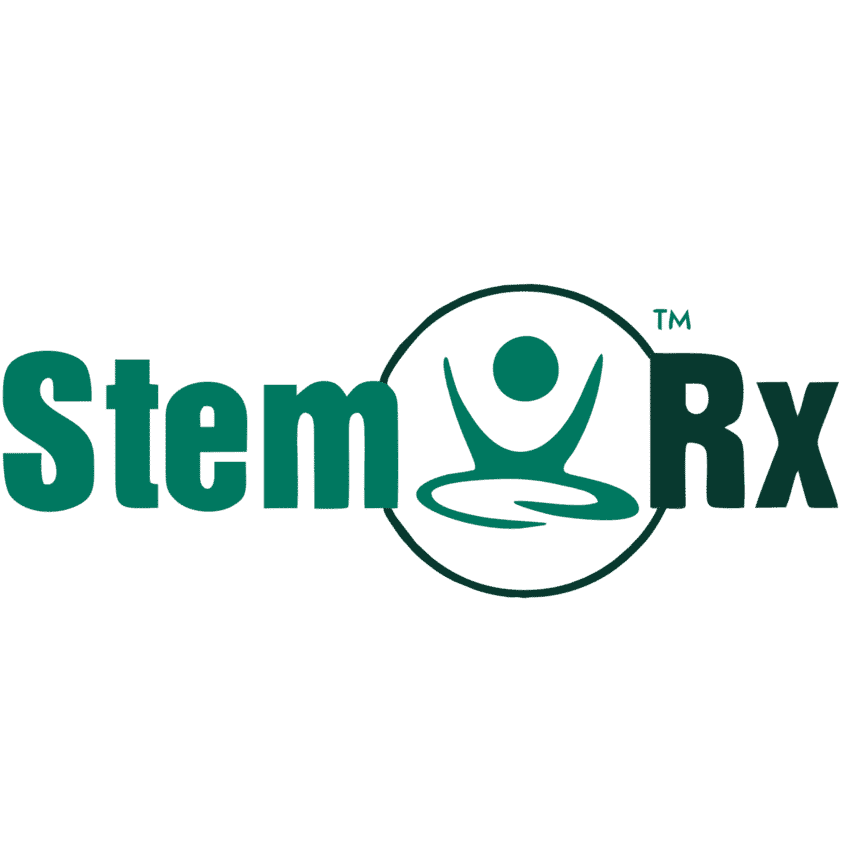
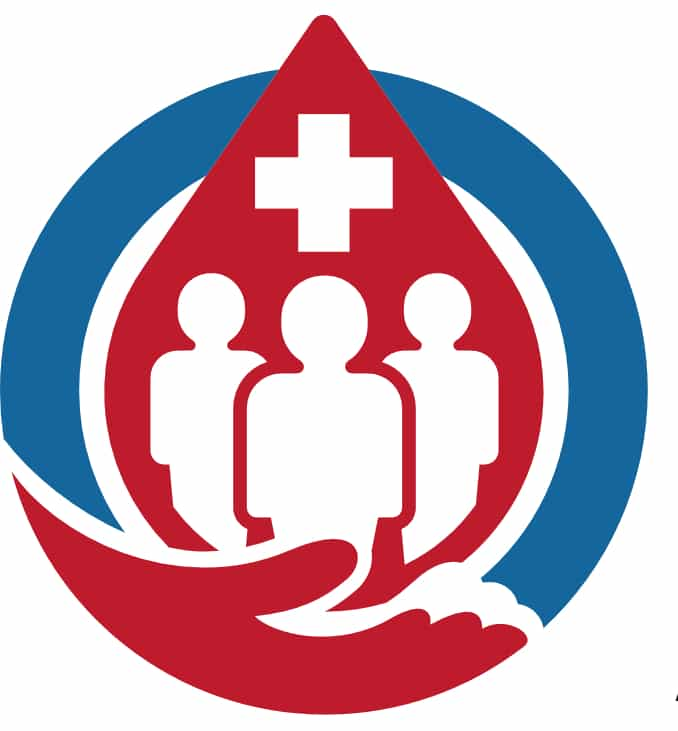
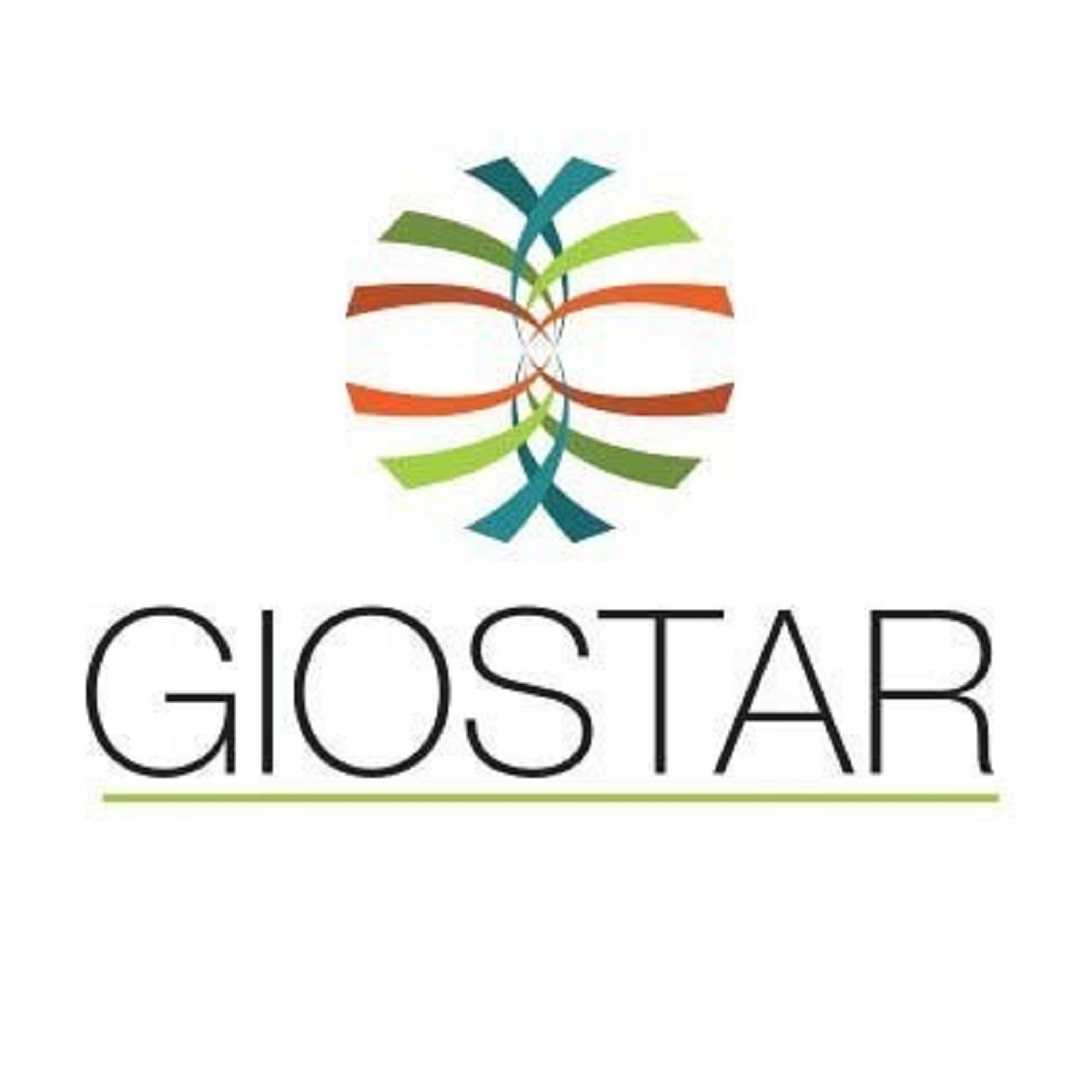
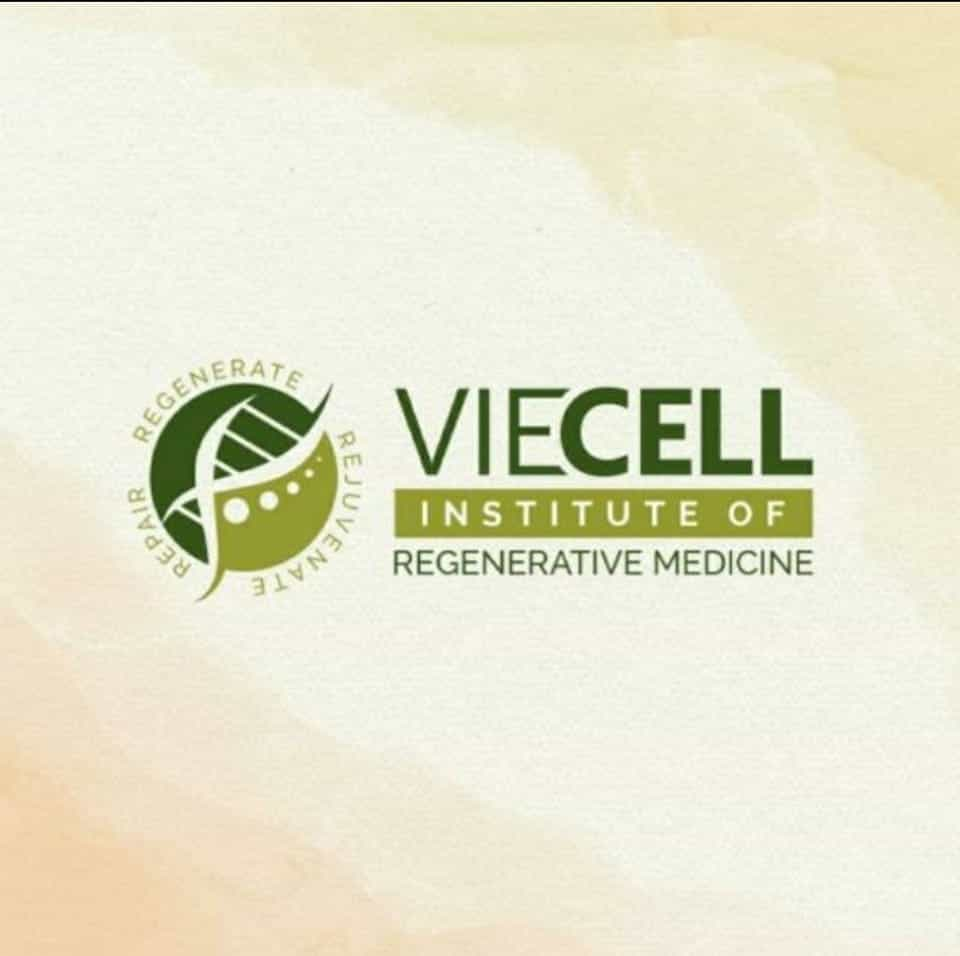


Share this listing